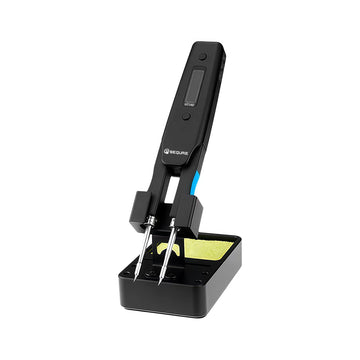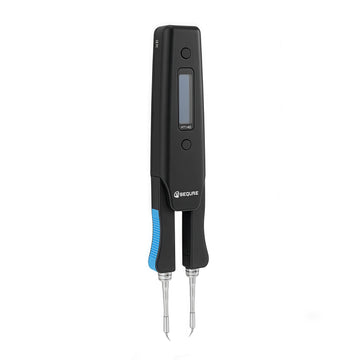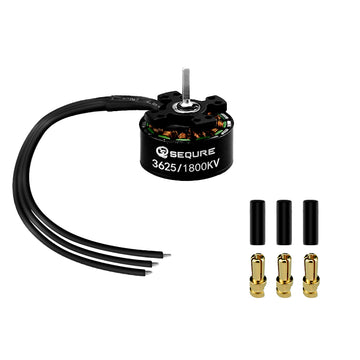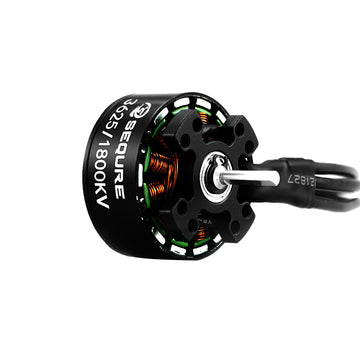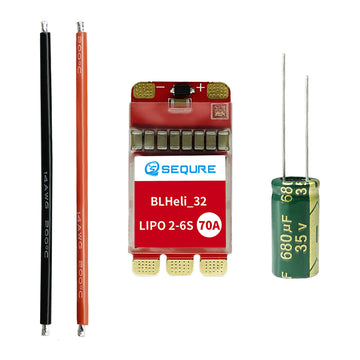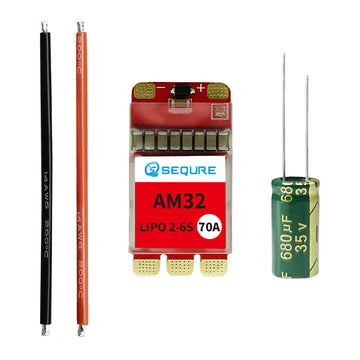Soldering Iron Tip Type And Application
Soldering iron tip type and application
This article solves the problem of how to choose a soldering iron tip
Soldering iron tip model
Type I (tip type)

Features
The tip of the soldering iron tip is sharp and thin
Application occasion
Suitable for precision soldering, or when the soldering space is small, and it can also be used to correct solder bridges when soldering chips
B type (cone type)

Features
Type B soldering iron tip has no directionality, and the entire tip of the soldering iron tip can be soldered
Application occasion
Suitable for general welding, no matter the size of the solder joints, it can be used
D type (one-character batch nozzle type)

Features
Use the batch nozzle part for welding
Application occasion
Suitable for soldering that requires a large amount of tin, such as a large soldering area, thick terminals, and large solder pads
C type (horseshoe type)

Features
Soldering with the inclined surface of the tip of the soldering iron, suitable for soldering that requires a large amount of tin
Application occasion
The application range of C-type and D-type Acacia, such as large welding area, thick terminals, and large pads are applicable
K type (knife type)

Features
Use knife-shaped partial welding, vertical or pull welding can be used, it is a multi-purpose soldering iron tip
Application occasion
Suitable for welding with SOJ, PLCC, SOP, QFP, power supply, grounding parts, correction tin bridges, connectors, etc.
Type H

Features
The tin layer is on the bottom of the soldering iron tip
Application occasion
Suitable for SOP and QFP with larger pitch welding
So, how to choose?
1. Size:
- The size of the solder joints: According to the size of the solder joints, choosing the right soldering iron tip can make the work smoother. The tip of the soldering iron is too small and the temperature is not enough. If it is too large, a large amount of solder will melt, making it difficult to control the amount of tin.
- Intensity of solder joints: For soldering on denser circuit boards, the use of a thinner soldering iron tip can reduce the chance of forming tin bridges.
2. Shape:
- Types of soldering components: different types of electronic components, such as resistors, capacitors, SOJ chips, and SOP chips, require the cooperation of different soldering iron tips to improve work efficiency.
- The ease of contact of the solder joints: If the solder joints are surrounded by some relatively high electronic components and are difficult to touch, a long and thin soldering iron tip can be used.
- The amount of tin required: a larger amount of tin is required, and the surface area of the tin-plated layer is larger than that of the soldering iron tip.
Dear Customer/DIYer
Thank you very much for your support and hope you have a happy and interesting shopping experience. We are very welcome to the majority of customers and friends to participate in our DIY interesting articles sharing activities.
Share & Cash Back
The number of words is more than 300 words, have exquisite picture in the article. Send us your article. After check your article and it pass through, we will cashback the amount of 5-8 dollars according to the quality of the articles.
Welcome to contact this email (info@sequremall.com) and send us the articles for checking.







